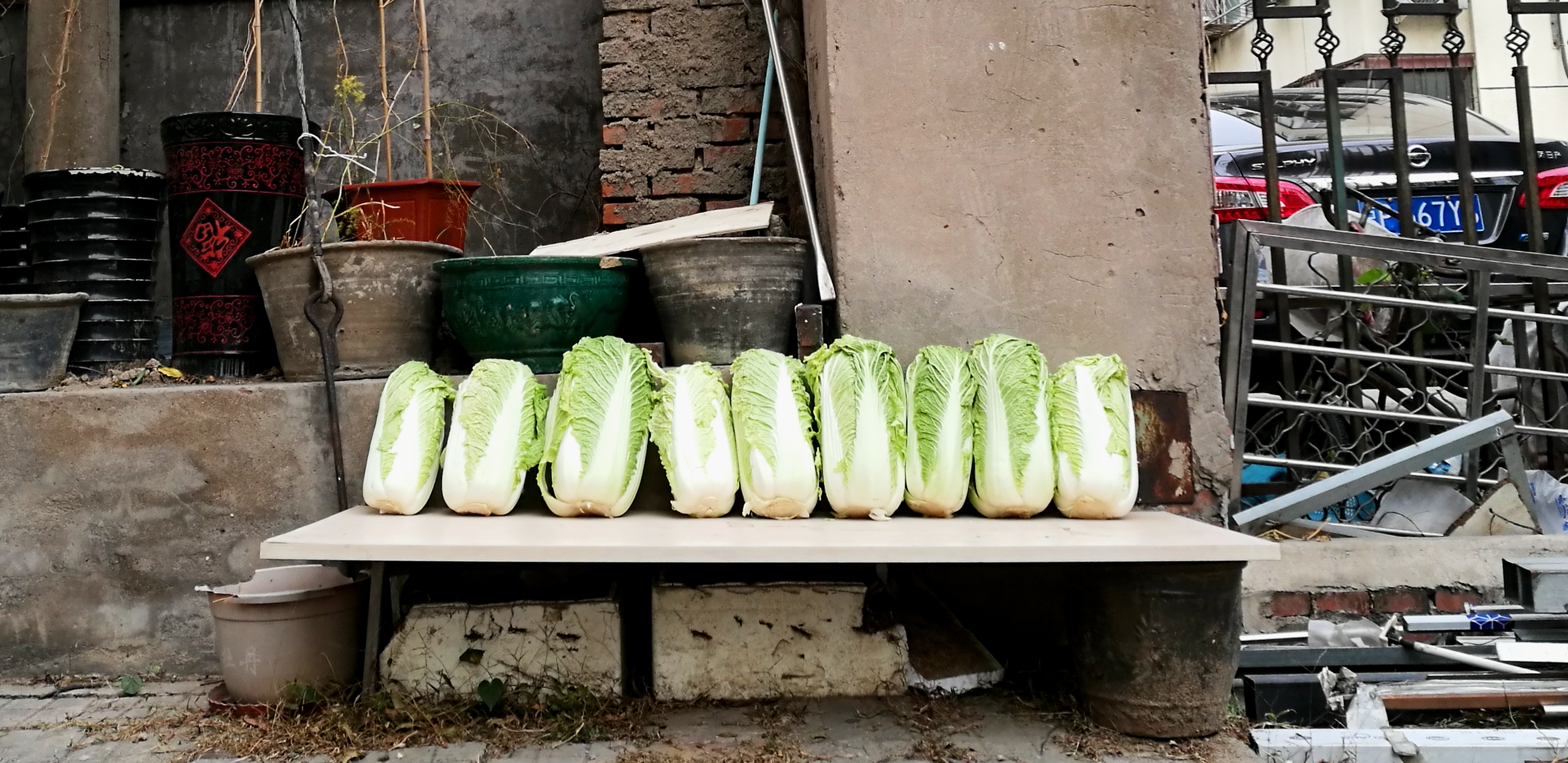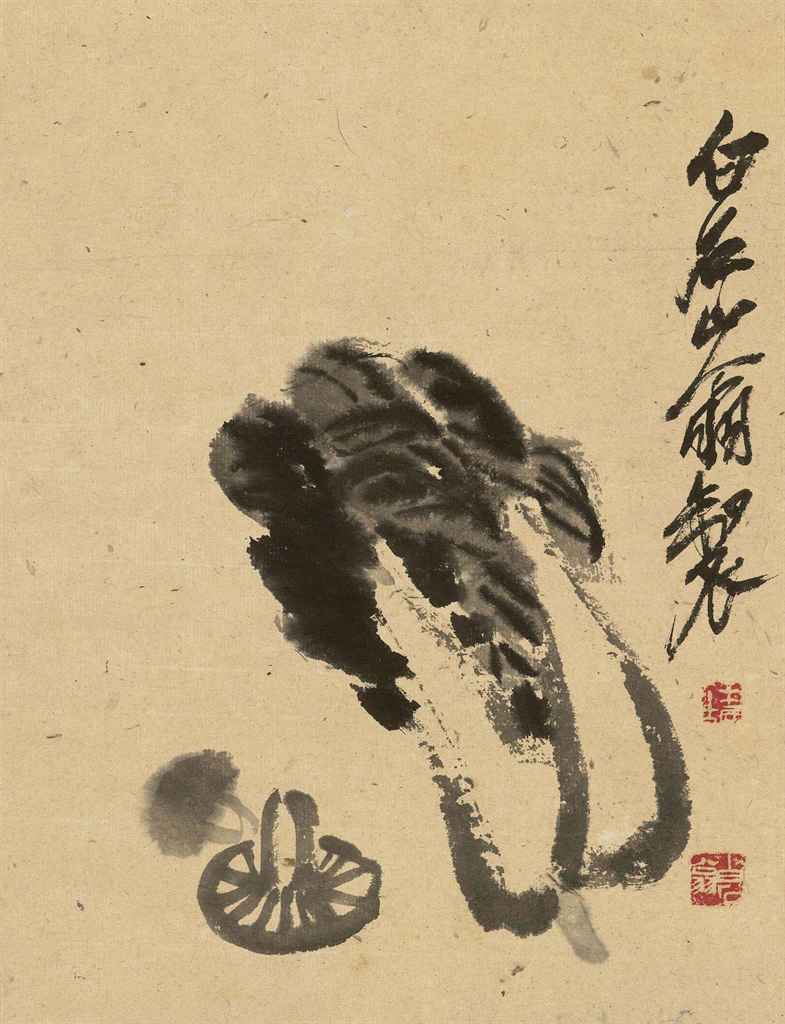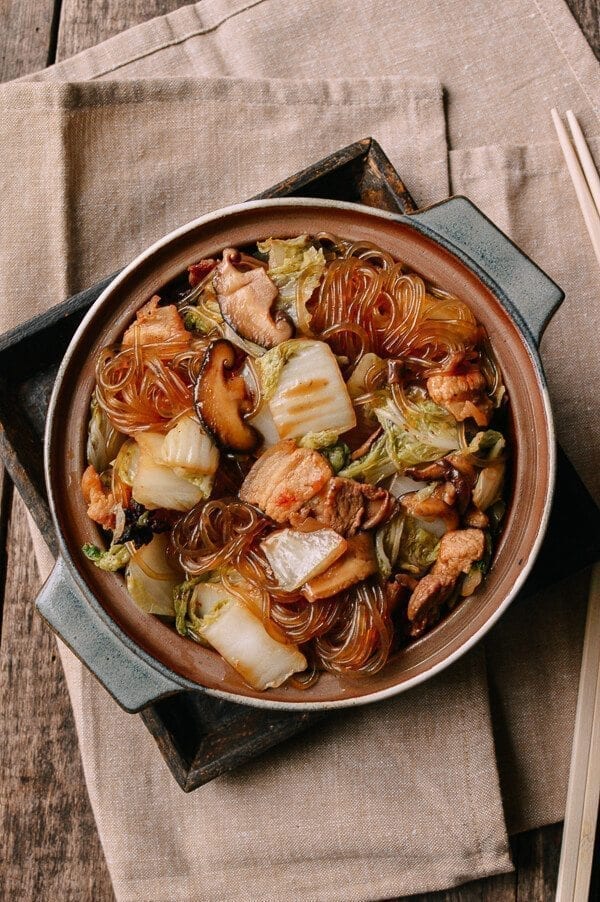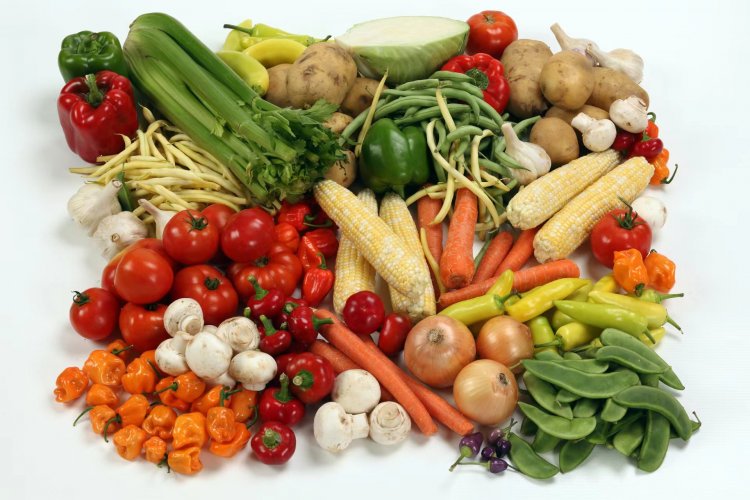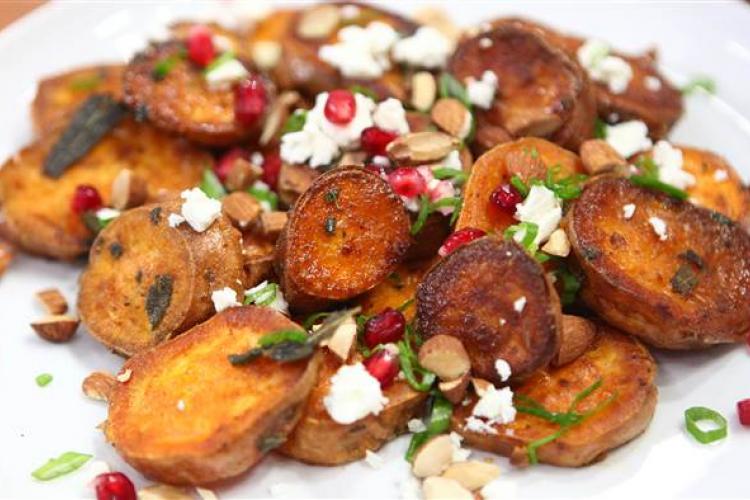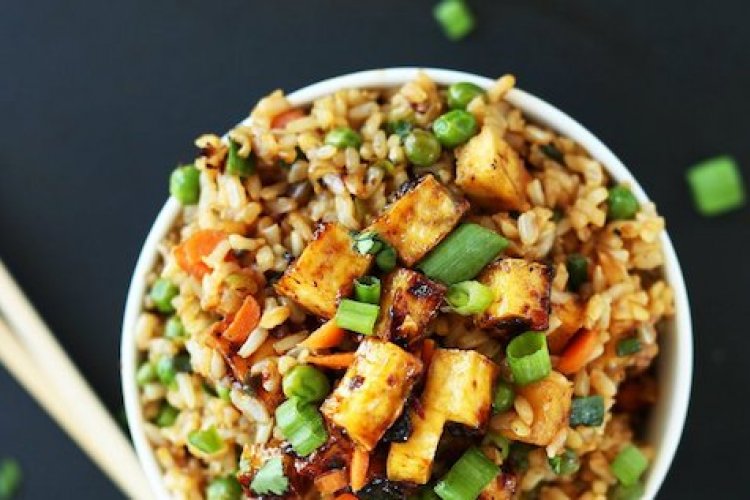My Uncle LaRichard stocks up on cucumbers every week in San Franfrisky-o. What up with that?
(Many people still do not know how incredibly rich and culturally diverse San Francisco is.)
There you go time travelin' again. Bypass 2020 if you can. You'll thank me.


